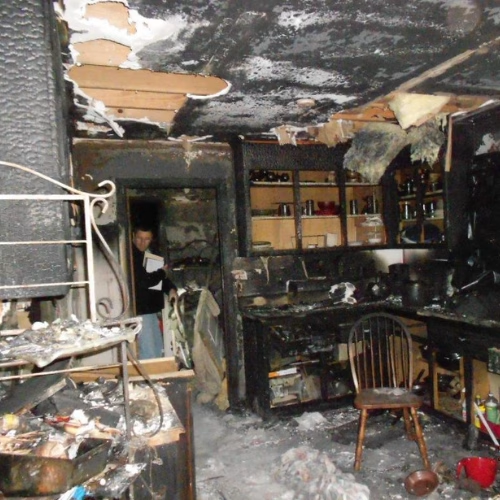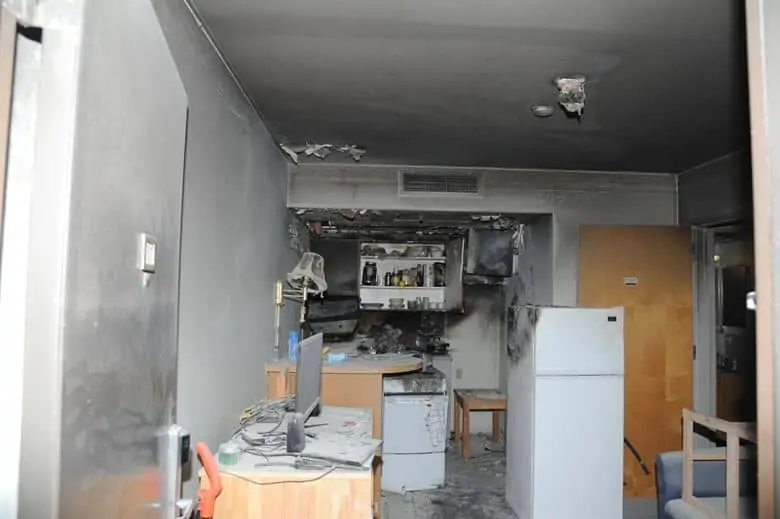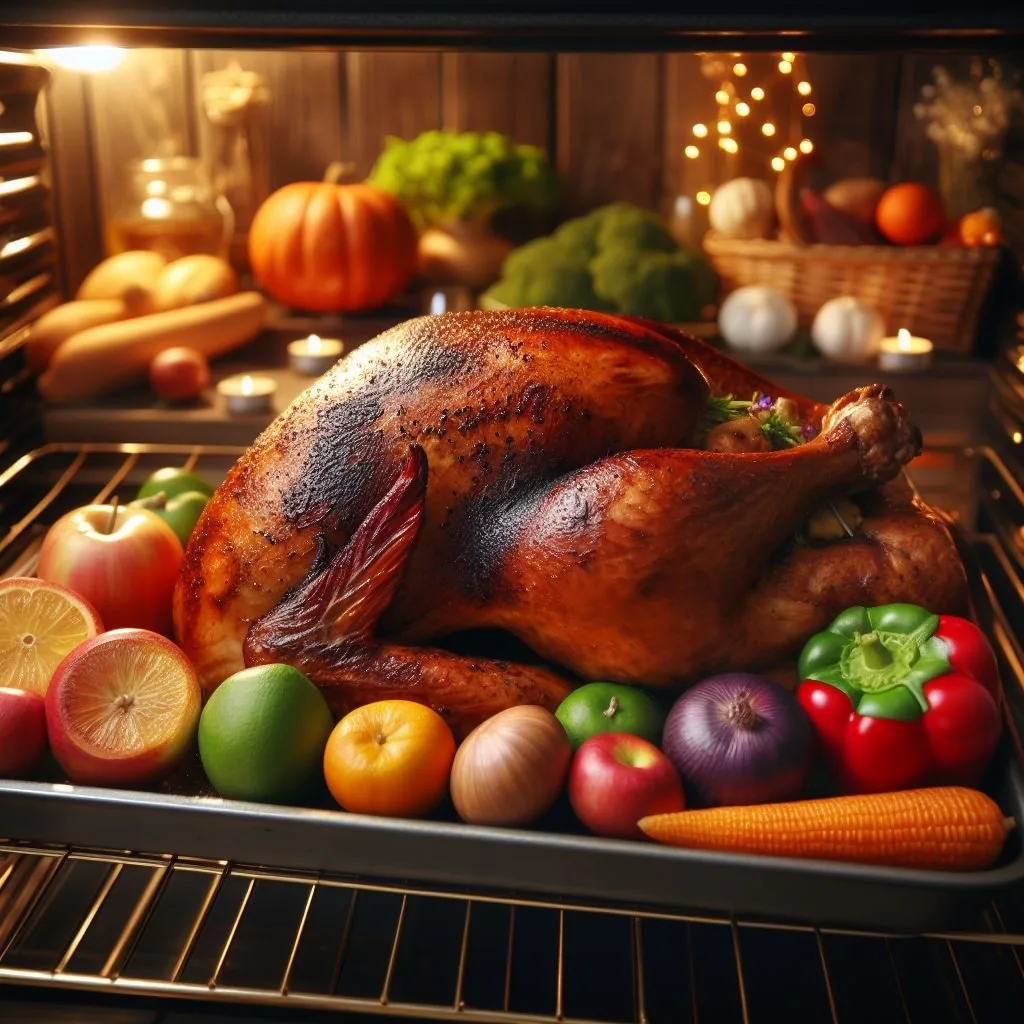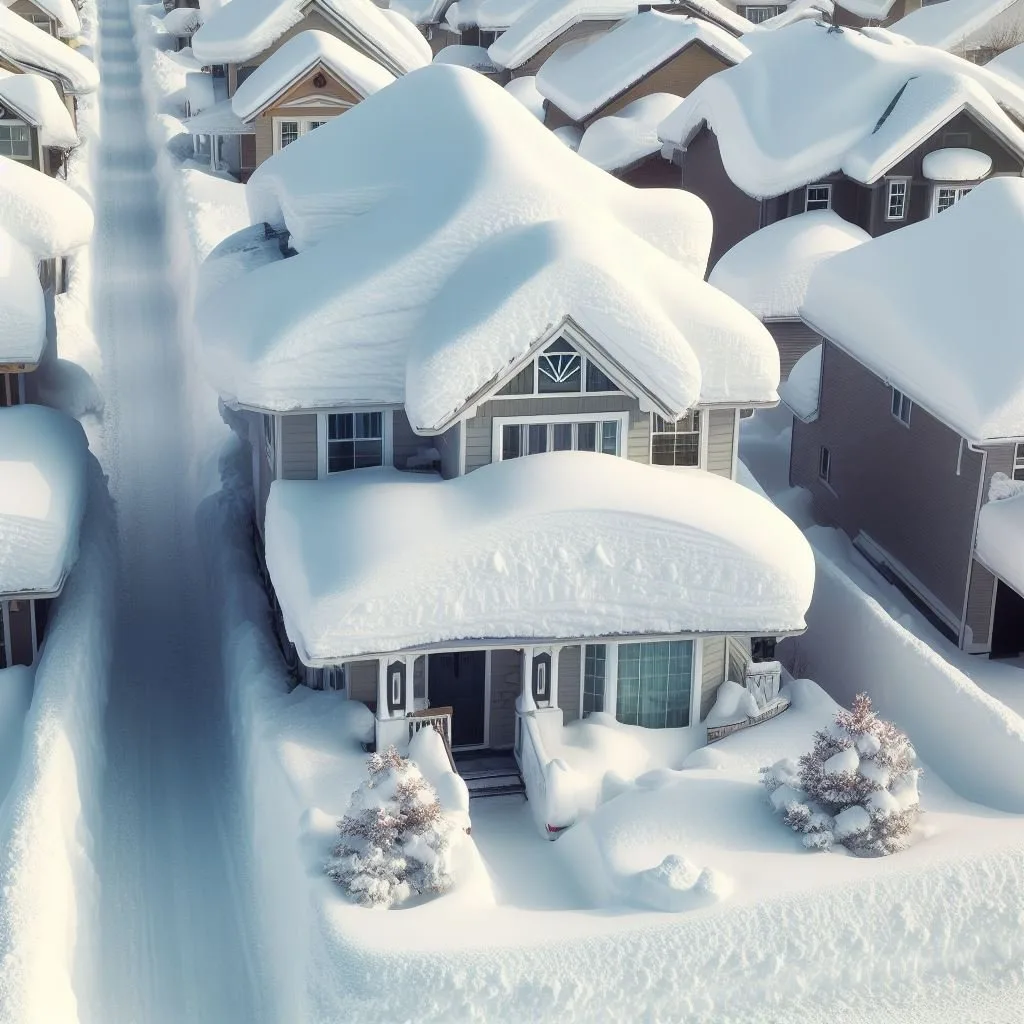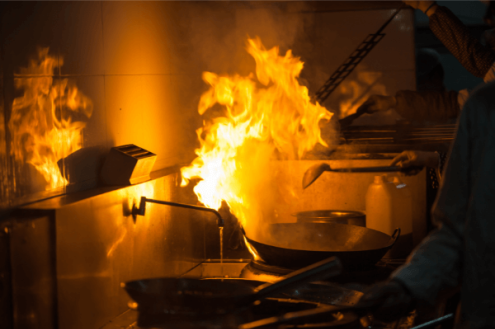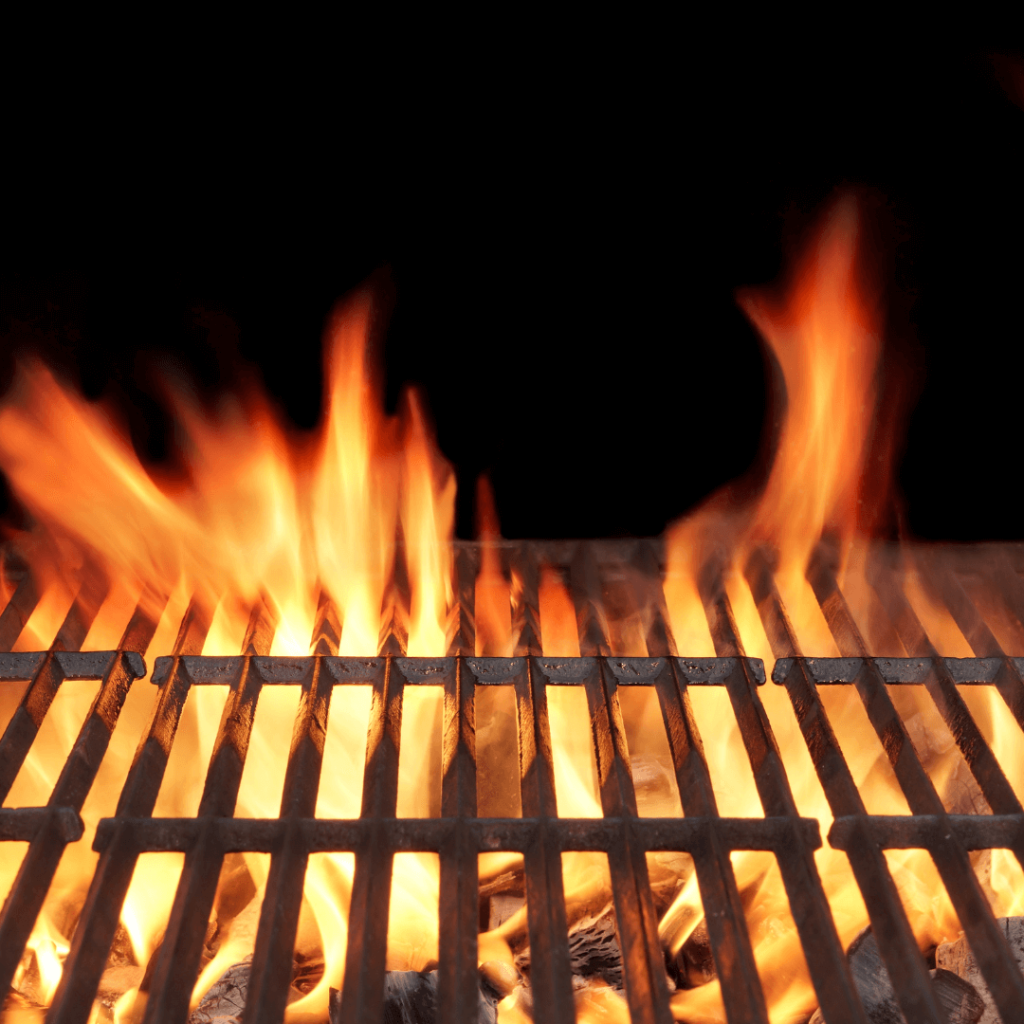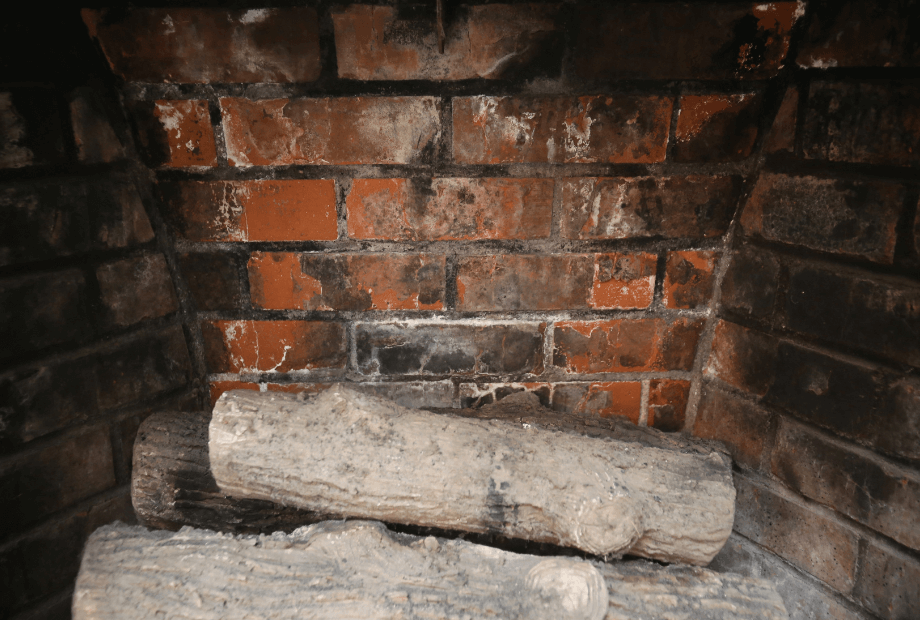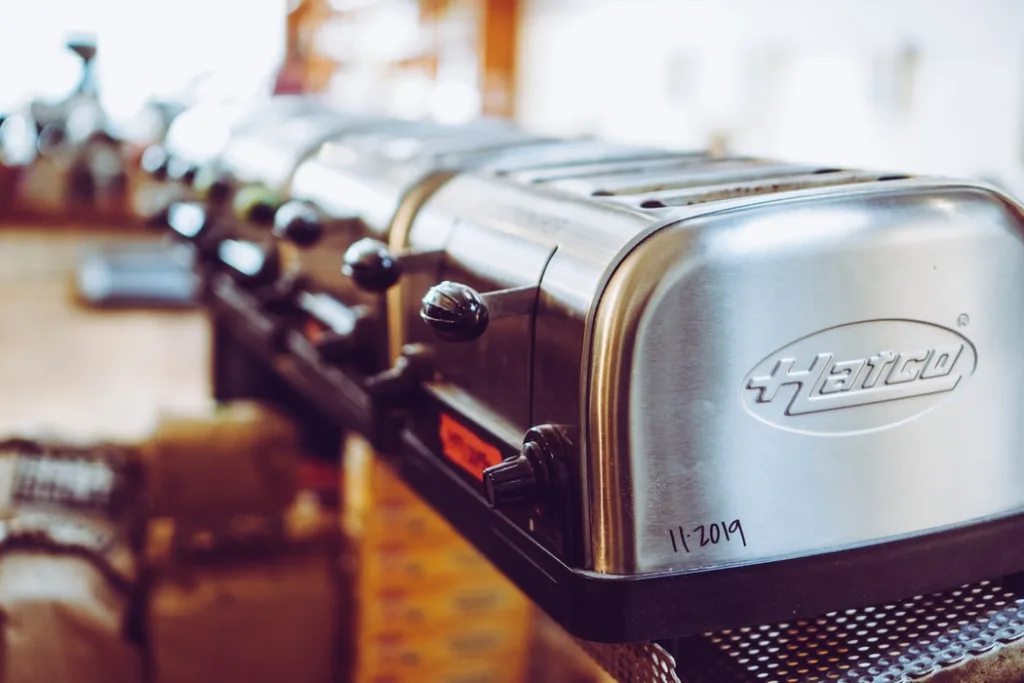Fire damage causes burning or melting of objects and materials due to heat, while smoke damage refers to physical damage resulting from smoke, rather than damage from the heat of the fire.
Few events can be more devastating and traumatic than a house fire and the smoke damage that comes with it. It can be disastrous to your home, destroying possessions and memories along with it. Apart from the loss of furniture and personal items, you’ll likely have to make other repairs such as patching holes and window replacements.
Possessions can be replaced, and a home can be rebuilt, but not always so easily. It’s important to know how to clean smoke damage, and you may even find yourself grappling with lingering water damage once the fire is extinguished.
Restoration and repair may seem daunting at first, but with the support of your community, and the right partners, you can restore your home back to its original beauty.
If you need smoke damage restoration right now, then click here.
Smoke Damage Restoration
Initial Fire Damage Cleanup
It might be startling to see the immediate aftermath of a fire in your home. Apart from the soot and smoke damage, there’ll likely be damaged and destroyed furniture, books, articles of clothing, and other prized possessions.
Once you get over the initial shock, the first step of the smoke damage restoration process is similar to decluttering your home— you’ll want to go through your belongings and keep the items that are salvageable, while throwing away those destroyed or damaged beyond repair.
This step will likely be the most emotional. It really does drive home how much damage the fire caused. Clean the smoke and clear the space at your own pace, it does not need to be rushed.
Once you’ve cleared out your debris, you can start surveying the area to determine your next steps for smoke damage cleanup.
Look for Any Additional Smoke Damage in House
First, you need to go through every room in your house to figure out if any other rooms or areas were affected.
While it’s usually fairly easy to tell where you need to clean smoke damage in the room that the fire was contained to, smoke has a tendency to drift from room to room. It could cause damage in areas that were not even close to the fire.
Inspecting your ceilings is an important part of this task. When surveying smoke damage, it’s fairly common to focus on the walls, as the damage is the most noticeable there. However, it’s important to check your ceilings too, which often will have extensive damage and will require just as much attention as your walls.
What Does Smoke Damage Look Like?
Before cleaning smoke damage, you’ll have to know how to identify which parts of your home have been effected by it. Smoke damage can be found in areas well away from where the fire happened, making even a small fire a danger for large amounts of smoke damage. Ways to know how to determine smoke damage include:
- Blackened or Soot Streaked areas
- Black Dust
- Discolored Paint
Can Smoke Damage Be Removed?
Many people might assume smoke damage is permanent, when most of the time it can be removed. How to clean smoke damage depends on the extent of the soot and whether the surfaces are porous or nonporous. How well you take care of these items will determine how long it takes for your smoke damaged walls, floors, clothes, etc., to be renovated back into their original state.
What To Use to Clean Smoke Damage?
Now that you’ve determined where the damage is, it’s time to get started with cleaning smoke damage. The first step in cleaning smoke damage is to open up as many windows as you can throughout the house. Ventilation can help limit the damage and speed up the cleaning process, so turn on any fans, and get the air blowing.
If you’re wondering what to use to clean smoke damage, know that it’s important to have all of the tools available to you, even the specialized ones. To remove smoke and soot damage from walls, furniture, and other parts of your home, make sure you have all of these smoke damage cleaning products:
- Rubber gloves
- Goggles/Mask to Protect Eyes and Lungs
- Dry-Cleaning Sponge/Chemical Sponge
- 2 Buckets and Hot Water
- Various Smoke Damage Cleaners of Your Choice (Commercial Soot Remover/Vinegar/Paint Thinner/Rubbing Alcohol/Bleach)
- Liquid Soap or a Degreaser (like trisodium phosphate)
- Rags
- Smoke Vacuum
You may not have a smoke vacuum or other specialized tools used for smoke remediation, but that’s okay. A standard vacuum can work wonders in clearing up soot that gathered during the fire.
Smoke Damage Cleanup
Vacuum All Soot and Ash Off Ground
Now you should begin the first step in your smoke damage restoration, which involves removing any and all soot and smoke particles that are on the floor of the affected areas. Soot can be quite dangerous to your lungs, and affect breathing or even cause some types of cancer, so you’ll want to remove it as soon as possible and make sure you’re wearing Personal Protective Equipment (PPE).
While wearing gloves, a mask, and goggles, start off by vacuuming up the loose soot in or around the affected area. Ideally, you’ll use a smoke vacuum, or at least a powerful dry-vac for this task. However, a standard vacuum with an upholstery attachment can do the job as well.
Be gentle as you vacuum up the soot and debris, since just running a vacuum cleaner over the smoke damaged areas is more likely to spread the soot and drive it further into the floorboards and walls.
Once you’ve removed as much soot and ash as you can from the ground, it’s time to focus on the walls.
How to Clean Soot Stains from Walls
The next step is to inspect the walls for any soot particles. This is different from cleaning the walls of smoke damage, which will happen later. First, all of the larger pieces of soot, both on the floor and on the walls, must be carefully vacuumed before you can move on to the important next step.
Otherwise, in trying to clean smoke damage, you could inadvertently make it worse by spreading unvacuumed soot into your walls. If this happens, make sure you call a restoration company with a professional soot removal team.
How to Get Rid of Smoke Damage Once Soot Is Removed
The cleaning process for soot residue and stains and smoke damage takes place in three phases.
First, you will be removing the bulk of the smoke with a dry-cleaning or soot cleaning sponge. These are meant specifically for smoke restoration projects.
Have several on hand, and use one gently on a dry surface. You don’t want to use any water or cleaners at this point, simply take the sponge and softly rub it at affected areas, careful to not use the same part of the sponge for more than a few strokes.
Use the sponge until it has no areas that aren’t blackened—at that point, cut off the surface area with a knife and start again, or just use a new sponge, until you’ve covered the whole area.
After that, you’ll want to go in with your cleaning solution in warm water, using rags to wipe the wall. A commercial soot cleaner would be great here, but paint thinner or even vinegar in warm water can also do the job.
Once you’ve cleaned the area you’ll have one final step, using your second bucket filled with warm water. This time around, you’ll be using a degreaser or mild dish soap with hot water, so you can finally scrub off the more oil-soluble smoke and soot particles.
Once you’ve thoroughly cleaned the area with all three of these products, you should rinse the walls down with hot water, to fully clear the area of the cleaning products you’ve used.
How to Clean Fire Smoke off Walls
When cleaning smoke off walls, you must make sure to follow the three steps laid out in the previous section. Start with blotting every area and getting rid of as much smoke as possible with the dry-cleaning sponge.
As you clean your smoke damaged walls, it’s important to focus on small areas at a time, going from the floor up towards the ceiling, to avoid streaks and stains. As always, make sure to rinse the area thoroughly once you’ve finished. If you have wallpaper, you’ll want to dry the walls as soon as you’re finished, to avoid water soaking through and damaging them.
How to Clean Smoke Damage from Painted Walls
With painted walls, it may not be a bad idea to repaint after removing the soot damage. If a painted wall has been stained by cigarette smoke, it can be cleaned using a solution of half water and half vinegar. The vinegar will smell at first, but should disappear within a days time, while removing the stain and not damaging the paint!
How to Clean Smoke Off Windows
For the windows, it’s significantly less complicated. First, clean the windows with the cloths and soot cleaner, then use the degreaser to remove anything that’s left.
If you’re using a spray bottle, just fill it up with water and add some white vinegar. Spray on the glass and let sit for about 5 minutes, then wipe off with a rag or paper towel. If it’s cigarette smoke on your window, the white vinegar in the solution will dislodge the nicotine so that it is easy to remove the nicotine from your window.
How to Clean Smoke Stained Glass
Similar to windows, to clean smoke stained glass tables, windows, or any other appliance, the first step is to clean the windows with cloths and soot cleaner. Remove all of the particles from the surface of the glass. Mix water and a little bit of white vinegar and spray it on the glass. Let it sit for a few minutes before using a towel or rage to wipe off.
How to Clean Smoke Damage from Ceiling
Finally, you’ll want to clean any smoke damaged ceilings. Again, you’re following the same steps as the previous sections. Expect the ceiling to be harder to clean.
You’ll want to bring in a ladder, so you can access these hard to reach damaged areas. Once you’ve taken care of that, you’ll want to work in small, manageable sections, with all three of your cleaners.
How Do You Clean Smoke Damage off of Floors?
For hard flooring that has been stained from fire and smoke damage, a gentle dish soap with warm water can be used. Gently scrub the floor to remove the residue. Dry quickly and carefully to avoid any water damage.
Carpets can be vacuumed to remove loose soot and shampooed to give a deeper clean. You can call a professional team of specialists to do this, as they have the skills and the proper equipment to get the job done well. But if you prefer a DIY approach, invest in a quality carpet shampooer and cleanser which you can easily find at your local home improvement store.
How to Clean Smoke Damaged Furniture
If you want to clean smoke damaged furniture, sprinkle upholstery with baking soda, let sit for 24 hours, vacuum, and then repeat. Remove all removable covers, and wash in cold water. Hang your removable covers outside when possible to speed drying and eliminate odors. Lastly, lightly spray the cleaned fabric with a product formulated to deodorize smoke-damaged fibers
How to Clean Wood Furniture with Smoke Damage
To clean smoke-damaged wood furniture:
- Use your vacuum’s flat brush to remove soot from the wood.
- Use a dry chemical sponge to wipe away any soot. To avoid scratching, wipe along the grain.
- Wipe down the wood with a damp cloth and then let it dry.
- Lastly, use a high-quality wood polish or conditioner and use it to restore the finish!
How to Clean Smoke Damaged Items
Sometimes, fires can be smaller in scale causing only partial structural damage to your home and its contents. Yet there may still be significant smoke/soot damage on any personal possessions inside. When it comes to cleaning smoke damaged items, be sure to follow these steps listed below:
Safety
The safety of everyone involved in a fire damage cleaning situation is crucial. Specialists in fire damage restoration can take necessary precautions to ensure the safety of all workers and anybody entering a structure after a fire. Prior to the evaluation and restoration, it is critical that the structure is safe.
Inspection
When evaluating your personal items, it’s important to inspect what is and is not salvageable. The items that are no longer of use can be safely discarded. Items that are significantly damaged, melted, broken or exposed to the elements, should be thrown away safely. On the other hand, items that are still intact (such as clothing, bedding and linens) can be sorted and taken to a laundromat. Furniture and other usable items can be cleaned by a contents and structural cleaning team.
Keeping Track
With your salvaged items, you may want to take into account all the items you saved, and where they will be stored and where they will be sent to get cleaned. You can also create an inventory of the essential items that you had to discard, as it is imperative to receive adequate compensation once you’ve begun filing an insurance claim.
Cleaning Process
For the items you can still use, you must begin by carefully cleaning smoke damage from your personal items. Trisodium Phosphate (or TSP) is an effective, heavy-duty cleanser for problem areas around the house that may be sooty, greasy, or dirty. For every tablespoon of TSP use a gallon of warm water.
Use rubber gloves, goggles and rags to safely get the job done. With walls and ceilings, be sure to avoid oversaturation and give surfaces plenty of time to dry before you continue to clean.
How to Clean Smoke Damaged Clothes
Soot and smoke damage on your clothing isn’t just an eyesore but also a health hazard that needs to be taken care of as soon as possible.
Use a good, strong laundry detergent and wash on as hot a water temperature as the fabric will allow. Once set on the rinse cycle, use a quality fabric freshener
Once you’ve finished washing your clothes after they’ve been damaged in a house fire, don’t dry them in a dryer. Instead, hang them to dry naturally.
If smells still linger, you can contact your local dry cleaners for further assistance.
How to Get Smoke Smell out of Books
If you want to remove smoke smell from books, simply pour half a cup of baking soda into a large bag and add the smoke-damaged books in with it, and tie the bag shut. Leave it in there for about 8 hours before removing the books and dusting them off.
Another, simpler way that has shown some success in removing the smoke smell out of books is by ventilating it. This may take more time to see any progress. To do this, open the book and set it on its tail edge, then spread the pages to allow air circulation. This works indoors or outdoors (weather permitting).
What to Throw Away after Smoke Damage
After smoke damage, certain items like perishable food that has been sitting at room temperature for too long should be thrown away. If any food items have been directly exposed to smoke, they need to be thrown away.
Check your medicine cabinet to see if anything has been damaged by smoke. If you notice anything is warped from exposure, throw it out immediately.
If you have any other questions about whether an item should be thrown away after smoke damage, it’s best to ask a smoke damage restoration team, like Jenkins Restorations.
Removing the Smoke Odor
Even once you remove the smoke and soot damage, you may still need to remove the smell of smoke. In order to remove any smoky scents from your salvages items, here are a few ideas that can help:
- White Vinegar – White vinegar is a great natural cleaner and can be used to wipe and clean most surfaces.
- Baking Soda– Baking soda absorbs odors naturally. You can leave an open box of it in the affected rooms or you can sprinkle some onto your damaged items in order to reduce or remove the odor.
- Activated Charcoal – Similar to baking soda, charcoal is another natural odor absorber that can be left around the room in powdered form to deal with smoke odor.
- Other Odor Reducing Products – An odor-reducing product such as Febreze, oil diffusers or incense can be used along with the other steps to reduce the odor.
Ozone Treatment for Smoke Damage
If you still are experiencing smoke odor, ask a professional fire restorer about an ozone generator. Ozone generators make ozone gas that is compatible with pollutants and alters their chemical composition. This is a popular method because the machine can be turned on and left unattended, while the ozone spreads throughout the area and breaks down the smoke molecules. This process works fast and can be done typically within a day.
Thermal Fogging Odor Removal
One way to eliminate the smoke odors from your home is through thermal fogging. It involves heating a deodorizer and spraying it in fog form. In addition to neutralizing the unpleasant odor, thermal fogging reduces health issues related to cancer-causing debris.
If the Damage Is Too Severe, Call a Professional
Once you’ve followed these steps, hopefully your home has begun to look like it did before the fire. Unfortunately, most smoke damage cases are too severe for these methods alone to be enough.
If smoke damage and soot still persists, or if you have other damage to your home from a fire, call a professional fire restorer such as Jenkins Restorations, to make your home feel like new once again. Our team includes soot removal services, water removal after the fire is put out, and deodorizing in our fire damage restoration process.
Frequently Asked Questions
Can you paint over smoke stained walls?
Yes, you can paint over smoke damage. However, you should make sure all soot is cleaned off the wall before you begin. The best way to do this is to use a primer first, then apply two coats of paint.
Will dry cleaning remove smoke smell?
Dry cleaning removes all types of stains, including those caused by smoke. However, it cannot remove smells from clothing that has been damaged by fire. If you want to remove the smell of smoke, you should wash your clothes in hot water.
What Does Smoke Damage do to a House?
Smoke damage can negatively impact porous surfaces, like carpets, curtains, furniture, or even clothing within your home. The particles and odor are likely to get caught in soft areas, like your carpet, requiring professional cleaning. Walls and floors can sustain visible or invisible damage, such as a black wall or a lingering smell.
